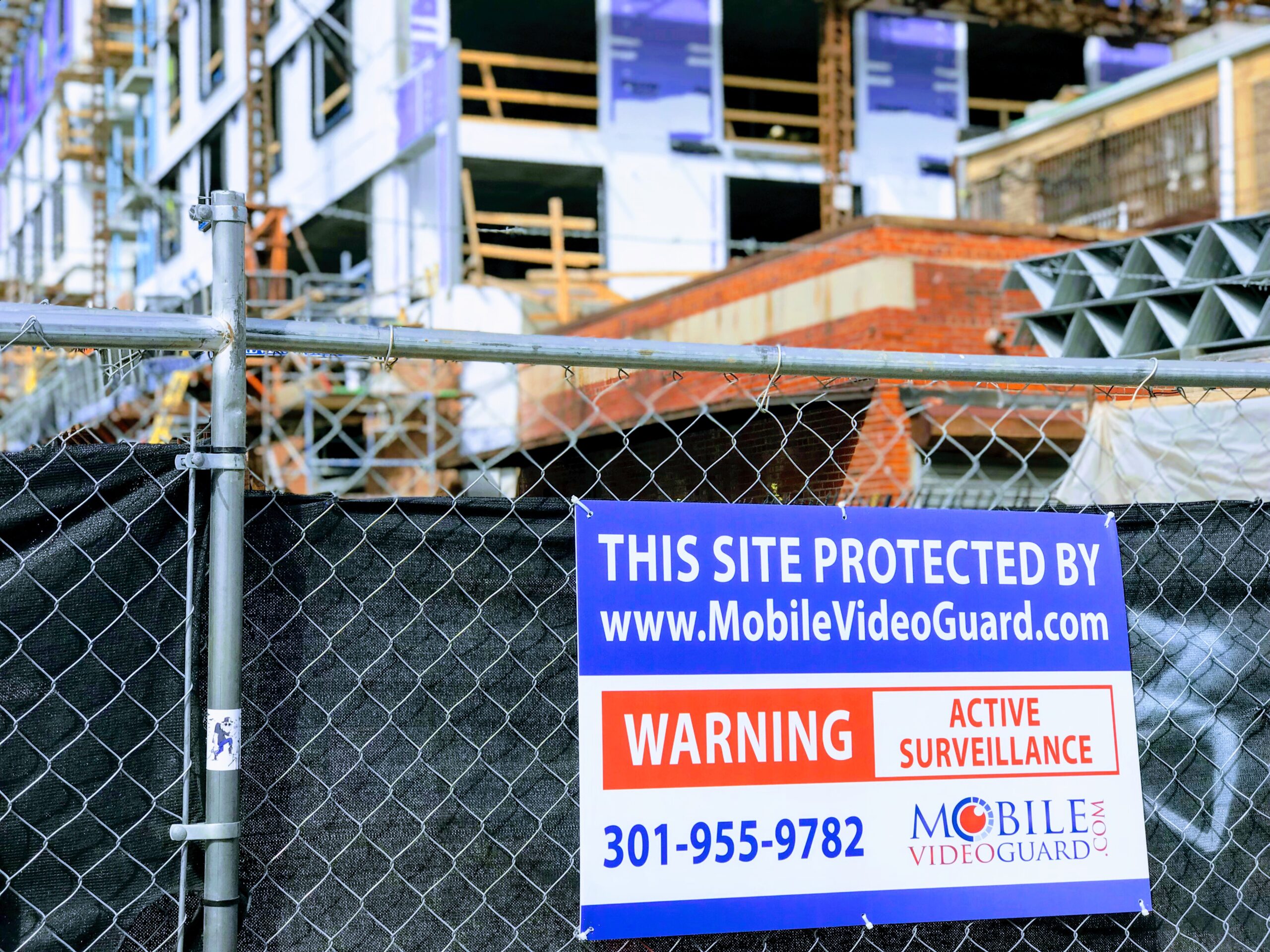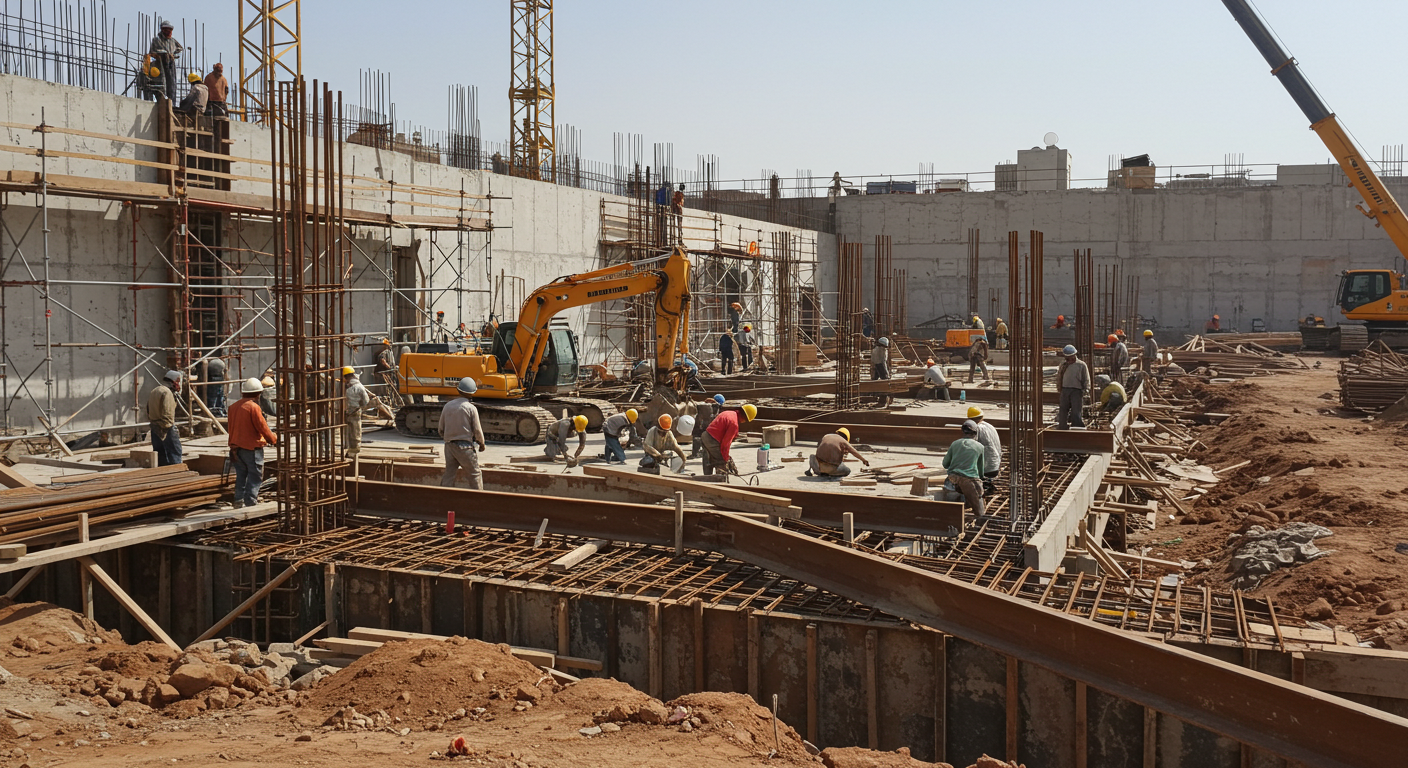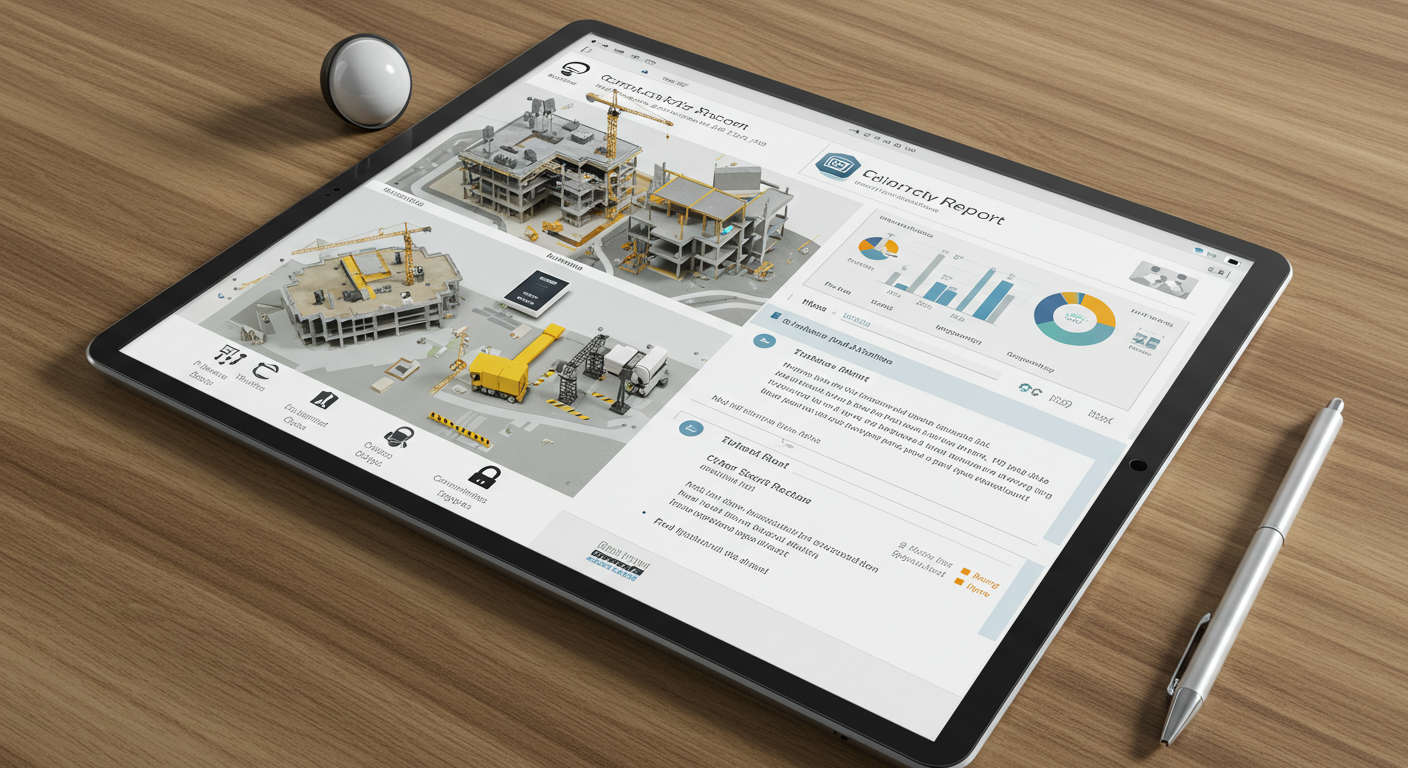Equipment Tracking: Best Practices & Technology Guide
How much does your equipment cost you?
You are bursting to life a building from raw materials that will last for years to come, so it is no doubt that construction can be quite pricey.
But did you know that $1 billion a year is lost due to construction site theft and pilfering?
Yikes, and on average, less than 25% of those assets are recovered.
What happens when items “disappear” from your site? You have to get them back somehow, which usually means money out of your wallet, and added unexpected costs.
Large or small items don’t matter- it is a loss cost, and it needs to be avoided as best as possible!
Most companies don’t have the structures in place to appropriately control job site assets like tools and equipment.
Luckily there is a thing, and it’s called Improved asset management, which means fewer new asset purchases, reduced theft and shrinkage, improved safety and more.
The current economic situation requires real cost control discipline to ensure a profit.
Do you have an up to date system to keep track of your equipment and tools?
Modern equipment tracking is more than just a logbook and some barcodes.
It is improved asset management, and it’s ready to help, let’s find out how!
Track Your Assets
The most difficult job to do is decide WHICH assets to monitor.
Take some time to review which data points cost you the most money. Otherwise, you will drown in a sea of over monitoring and become overwhelmed by statistics.
It costs money to monitor every single pallet. Monitor the right assets from the start to save time and money. Focus only on the costs that have the most impact on your business.
For example, monitor the position and condition of large equipment assets like your earthmoving equipment with electronic tags, geofencing, and visual inspection.
Depending on the size of your company and the number of assets, the value of monitoring may diminish.
You might monitor the condition and depreciation of a giant mining machine leased by your company, for example.
This means that you probably don’t need a transponder and geofence to know where it is.
Some operations only track equipment assets worth more than $5,000 or important items like iPads worth $750 that can easily be stolen.
Either way- monitor the big stuff.
Use Technology to Make the Job Easier
Technology is awesome.
It’s amazing that many construction companies still use on manual log sheets and spreadsheets to manage and track equipment.
It’s 2019 people. There’s software available for almost every business need, and that is a wonderful thing.
There is GPS, video, infrared, geofencing and a whole host of smart solutions to keep your tools and equipment where you want them.
The construction industry has been slower to adopt this new technology than the trucking or shipping industry.
It’s baffling given the cost of a backhoe or crane. Sure, there’s insurance, but what about the cost in lost time and productivity?
What is the cost if the equipment is used to damage other property?
Think about time management and how technology can open up your calendar to focus on what’s most important at hand.
Know What You Have
Easy to move and high-value construction equipment is always at risk. Keep your equipment secure with some very basic measures.
Barcode-based asset tracking programs are nothing new.
An up to date inventory of equipment, tools and fleet vehicles is a must. Many programs utilize the power of a mobile phone to keep the inventory accurate and current.
The inventory should contain a photo of the item, the make, model, serial number and purchase date.
Follow a strict protocol of identification and registration whenever you move equipment around.
Authorize equipment to a limited number of people.
Yup, that’s right do it all at the convenience of your fingertips.
Physically Secure Equipment
This one should be locked into your daily routines- use locks and immobilizers!
Padlocks, chain locks and even the time-honored door lock and slow down a thief. Use hydro locks on articulated equipment. Lock them into a curved position.
This will prevent straight-line movement.
Use sleeve locks on backhoes. Extend the pads and lock the wheels off the ground. Place smaller equipment inside a circle of larger immobile equipment.
Use electronic immobilizers that prevent ignition or control if unauthorized. Remove circuit and fuse breakers.
Secure the job site. Create and maintain a perimeter fence. Limit entry and egress to a single gate if possible.
Use cameras, remote monitoring, onsite security, and anti-theft devices.
Limit key access only to your most trusted employees.
Remove ignition keys from equipment and vehicles. Keep small items in a locked container, inside a secure area or locked vehicle.
Adequately light the area at night or use night vision light to monitor the site.
Keep it safe, and keep it locked up.
Make Equipment Easy to Find
Anti-theft and recovery transmitters working with advanced asset control software can communicate with your security team.
GPS signals can engage wheel locks or fuel shut offs if an asset leaves a certain area (geofencing) or turns on lights giving an immediate call to the police.
Valuable pieces of heavy equipment can have small transponders hidden somewhere and send regular location updates.
Register equipment with National Equipment Register (NER)or other risk management database.
Registered items are more often recovered.
Many vendors offer tracking hardware and software. There are several companies that provide small, easily concealed tracking devices.
You have almost no chance of recovering stolen equipment if you don’t have tracking tech.
GPS tracking software and law enforcement cooperation give a better chance of stolen property recovery.
Meaning you and your assets are safe and found.
Theft Isn’t the Only Loss Risk
Excess wear and tear on vehicles used for personal use, graffiti, equipment misuse or abuse all take their toll on the bottom line.
Most equipment tracking hardware and software combinations include:
- Unauthorized Use Detection
- Maintenance Logging
- Theft Recovery
- Driver Behavior
- Proof of Performance
It is smart to use live monitoring of high-value assets, especially if they are small and easy to steal or damage.
Many GPS tracking devices are accessible from the cloud. You or a third party monitor can keep tabs on equipment from a mobile device, desktop or via text.
If your job site is in a rural area or area of poor cellular coverage, choose a tracker with satellite coverage.
In addition to trackers, consider the value of on-site security, double vision for a smooth mission complete!
Mobile Network Trackers
GPS trackers for equipment assets are anything from a small radio chip to a self-powered satellite tag.
Vehicle trackers may be small units installed in a hidden spot somewhere in the vehicle.
Alternatively, there are “plug and play” units that simply attach to the electrical harness or ODBII port.
Many types of trackers are a service subscription through a local mobile network such as AT&T, T-Mobile or Verizon.
Moveable asset tracking, done with either cellular or satellite networks, is the most common type of GPS tracking.
Mobile network-based vehicle tracking is more common than satellite tracking. These systems capture data from the vehicle and then report using cell towers.
Mobile network-based vehicle tracking costs less and reports more frequently (or in real time) than satellite systems.
So you can have peace of mind- all the time.
Satellite-based Tracking
Due to remote or rural placement, cell-based tracking often won’t work.
Enter the world of satellite network GPS.
Satellite use is more expensive than land-based cell network. For that reason, satellite GPS locators tend to update location several times an hour, rather than in real time.
For equipment that does not easily move, less frequent pings do not affect security.
After all, checking the location of your portable construction office a few times a day seems sufficient.
Remote Monitored and On-site Security
Combine equipment tracking with remote audiovisual surveillance or on-site presence for maximum security.
Perimeter and worksite cameras allow many areas to be observed at once. It’s like having a security guard present at all places at all times.
We like the sound of that.
Two-way communication allows a camera operator to “talk” with a site, making it all the more effective.
Imagine a worksite infiltrated by a bunch of midnight graffiti taggers. They slip over the gate.
The taggers don’t trigger any motion sensor lights. Because they don’t move any equipment, they don’t trigger any GPS signal alarms.
Remote monitored video surveillance with two-way communication can give a verbal warning, call the police, archive the information for prosecution and notify management.
An on-site guard cannot reliably monitor several points of a large worksite, even with equipment and training.
You probably need several people, and those costs add up!
Site security with monitored and recorded video is much more reliable.
GPS Equipment Tracking Against Theft, Security Monitoring Against Other Losses
Prevent thefts and other losses with physical locks and fences as your first line of defense.
Limit access to equipment to authorized users and always lock equipment when not in use. Easy access can create an attractive nuisance.
Keep track of asset location with GPS tracking devices. There are several to choose from. Equipment tracking can speed recovery if an item is stolen. It can also monitor location during use to ensure a vehicle or asset is operated as intended.
Theft is not the only form of loss to worry about. Misuse, abuse or vandalism is also a concern. In addition to physical barriers to access, monitoring deters unauthorized entry.
Video monitoring or security guards are a great solution.
A security guard has limited capacity and is expensive compared to video monitoring but can be useful on site for many other reasons like employee safety.
You can always count on video monitoring to provide video recorded evidence in the event of a prosecution, or problem.
The main thing is to envision safety at your site in the best way possible!
Want to Learn More About How Remote Monitored Surveillance Can Secure Your Worksite?
Equipment tracking is only part of your total worksite security.
Learn more about monitored video security services and what we can do for you. Contact our experts today. We will envision better safety for tomorrow.



